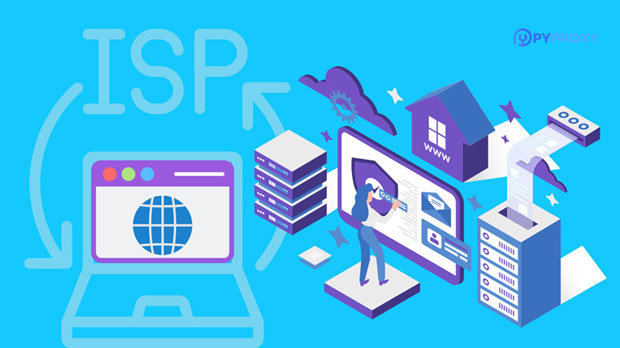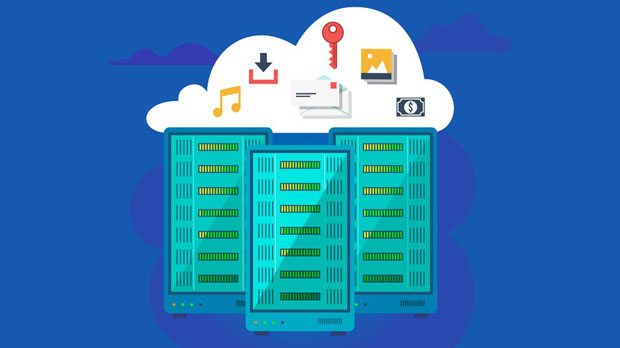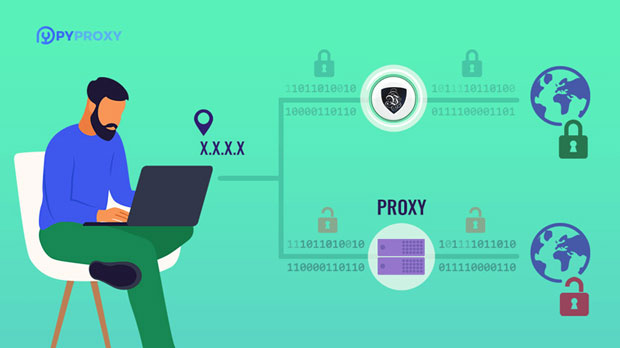The market price for residential proxies varies significantly based on several factors, including the provider, the proxy's quality, geographical location, and the type of subscription or pricing model offered. Generally, the price range can be anywhere from $10 to $1000 per month, depending on these variables. In this article, we will explore these factors in depth, offering a comprehensive analysis of the best residential proxies' market pricing structure. Our aim is to give readers valuable insights into how these prices are structured and what factors influence the cost of residential proxies. Understanding Residential ProxiesBefore diving into the price range, it's important to understand what residential proxies are and how they work. Residential proxies are IP addresses assigned to real devices by Internet Service Providers (ISPs). Unlike datacenter proxies, which come from data centers and are easily detectable, residential proxies offer high anonymity and are harder to block or detect. These proxies are ideal for users who need to perform large-scale data scraping, avoid geo-restrictions, or bypass online censorship.Given the rising demand for privacy and anonymity online, residential proxies are increasingly becoming essential for many businesses and individuals. This demand directly impacts their market price, which is determined by factors such as proxy pool size, IP quality, and geographic distribution.Factors Influencing residential proxy PricesSeveral factors play a critical role in determining the pricing of residential proxies. These factors influence how providers charge their customers, either on a subscription basis or pay-as-you-go model. Let's explore these factors in more detail:1. Proxy Pool SizeThe size of a provider's proxy pool is a significant determinant of the price. A larger pool of proxies means that there are more IP addresses available to customers, which ensures higher levels of reliability and reduces the risk of IP bans or throttling. Providers with extensive proxy pools often charge more for access, as they offer more choices and greater flexibility for customers.A small proxy pool may have fewer IP addresses available, but it might still be a suitable choice for smaller-scale operations. On the other hand, large-scale users or enterprises often prefer a bigger pool to ensure they don't run into issues with proxy exhaustion.2. Geographical CoverageGeographic distribution also plays a crucial role in the pricing of residential proxies. Providers that offer proxies from various countries, including hard-to-reach regions or developing nations, often charge a premium. This is because proxies from such regions are more valuable for bypassing geo-restrictions or for market research that requires accessing region-specific content.For instance, proxies from the United States, Canada, or Europe are generally priced higher than proxies from less popular regions. Pricing can also vary based on demand in specific countries, as regions with higher demand might result in more expensive rates.3. Proxy Type and QualityThere are different types of residential proxies available, including rotating and static proxies. rotating proxies automatically switch IP addresses at regular intervals, providing an extra layer of anonymity. Static proxies, however, maintain the same IP address for a longer period, which can be useful for users needing stable access to a specific IP.The quality of the proxies also varies. Some proxies are fast and reliable, while others may experience slow connection speeds or frequent downtime. Premium-quality proxies typically cost more because they offer higher speeds, more reliability, and fewer chances of being detected.4. Usage Limits and Pricing ModelsResidential proxy providers generally offer different pricing models, including subscription-based or pay-as-you-go options. With subscription models, customers pay a fixed fee each month or year for a set amount of data usage or a number of proxies. These models are ideal for users who need consistent access over time.Pay-as-you-go models, on the other hand, charge users based on the amount of data they use or the number of IP addresses they need. These are typically more cost-effective for users who need residential proxies for short-term projects.Providers may also impose usage limits, such as the number of requests or data transfer limits, which can influence the overall cost. Providers offering unlimited usage or bandwidth will generally have higher prices compared to those with capped usage.5. Support and Additional FeaturesThe level of customer support and additional features offered by a provider can also impact the cost of residential proxies. Providers that offer 24/7 customer service, dedicated account managers, or priority support typically charge more for their services.In addition, certain proxy providers include extra features such as IP whitelisting, automatic IP rotation, or specialized proxy management tools. These value-added services are often reflected in the price, as they enhance the overall customer experience.Market Price Range of Best Residential ProxiesNow that we have discussed the key factors influencing pricing, let's look at the actual market price range for residential proxies. The prices for residential proxies can be broken down as follows:1. Low-Cost Proxies: $10 - $50 per MonthFor small-scale users or those with limited needs, low-cost residential proxies can range between $10 and $50 per month. These plans typically provide a limited pool of IP addresses and may come with certain restrictions in terms of speed, location, or usage limits. These proxies are ideal for basic tasks such as casual web browsing, scraping small amounts of data, or bypassing basic geo-blocking.2. Mid-Range Proxies: $50 - $200 per MonthMid-range residential proxies offer better quality, more IP choices, and enhanced geographical coverage. Prices in this range generally cover users who require a more robust proxy solution for web scraping, e-commerce automation, or general privacy protection. The IPs in this category are often more reliable, and the providers may offer some level of customer support.3. High-End Proxies: $200 - $1000+ per MonthHigh-end residential proxies are ideal for large-scale enterprises or users who need proxies for complex tasks like SEO monitoring, large-scale data scraping, or running multiple campaigns. These proxies often provide high-speed connections, extensive geographical coverage, and a large pool of IP addresses. They may also come with priority customer support, high reliability, and advanced management tools. Prices for such proxies can range from $200 to $1000+ per month, depending on the service level.ConclusionIn conclusion, the pricing for best residential proxies can vary greatly depending on the factors outlined above. From low-cost solutions to high-end enterprise offerings, there is a pricing structure to suit different needs. When choosing residential proxies, it's crucial to consider your specific requirements, including proxy pool size, geographic distribution, proxy quality, and support levels. By understanding the various factors influencing price, you can make an informed decision about the best proxy solution for your needs.
Aug 11, 2025



































































